Planet fashion: on how consumers demand ethics to match their aesthetics
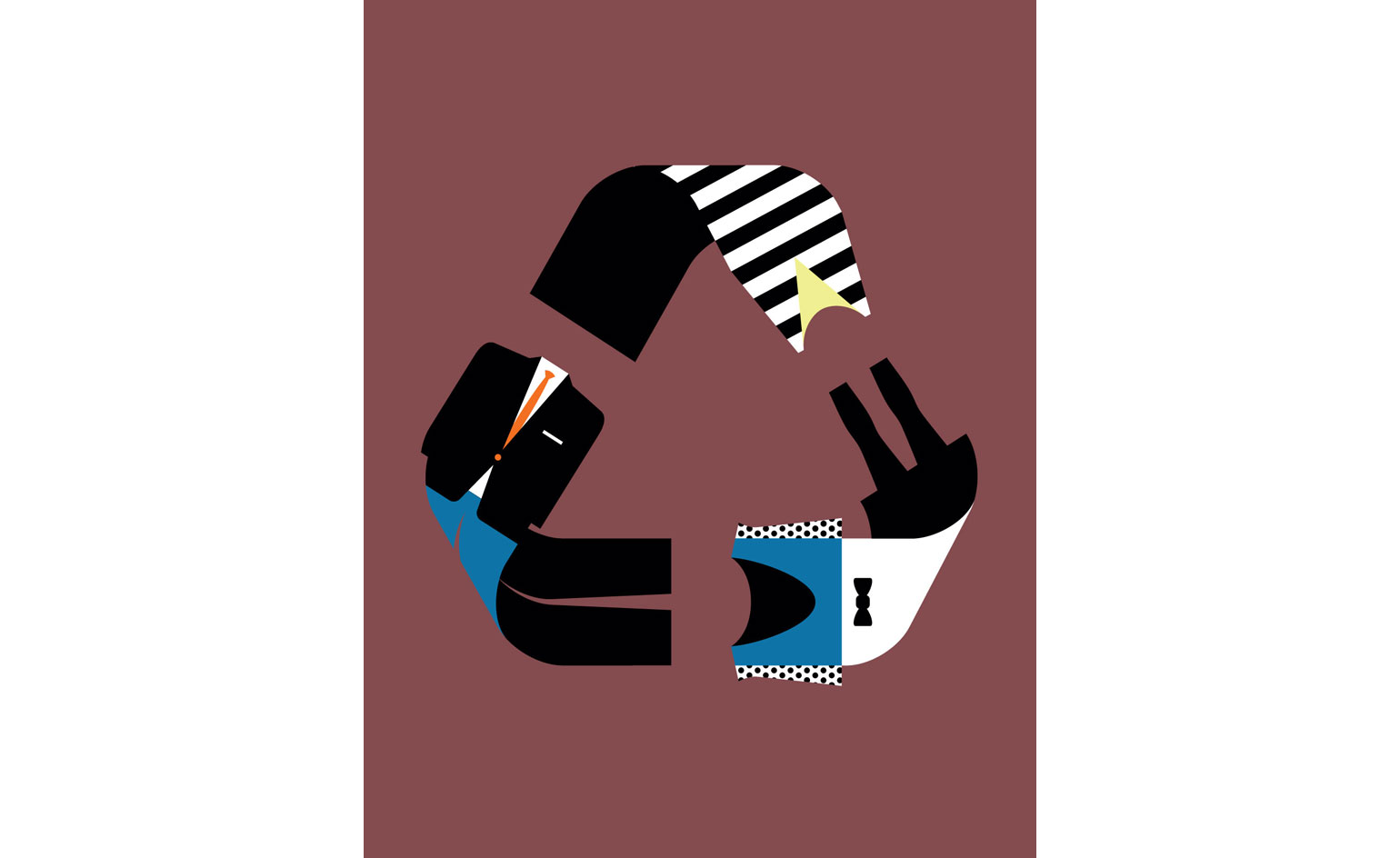
Few things can bring on dismissive eye-rolling in a sophisticated consumer like a luxury-goods giant talking about social responsibility and sustainable production. Inevitably, suspicions of ‘greenwashing’ and token gestures are quick to surface. Yet something of substance does seem to be happening.
At one end of the spectrum, luxury powerhouses such as the Kering group, LVMH, Burberry and Hermès are beginning to integrate sustainability strategies into the mechanics of their businesses; and at the other, a clutch of innovative brands is emerging that has successfully fused ethical values with smart design.
As our demands for transparency increase, sustainability – what used to be seen as a dry, technical issue involving complex studies of biodiversity and supply chains – is even becoming sexy. The results can be seen in Gucci’s bags crafted in heavy-metal-free tanned leather, Warby Parker’s eyewear (for every pair purchased, funds are donated to non-profit partners to supply free eye care to people in need) and Patagonia’s recycled Yulex bio-rubber wetsuits. There is also an increasing openness to new ways of doing things and the forging of new connections between businesses, NGOs and universities.
Luxury fashion is still often perceived as wasteful, irrelevant and indulgent, and the turnover of trends that is necessary to make fashion happen appears antithetical to the principles of sustainability.
But the smarter businesses are trying to tell and sell a different story, broadening the definition of quality to include environmentally and socially positive methods of production as well as focusing on innovative design, craftsmanship and fine materials.
That investment purchase could now be a positive acquisition that safeguards the environment rather than destroys it. As Professor Dilys Williams, director of the Centre for Sustainable Fashion at the London College of Fashion, says, ‘Sustainability is a hugely complex discipline. It is technical, mathematical and psychological, and it is also about economics. Fashion is about navigating how we live today – it is a snapshot of our world. Fashion and sustainability have to be a good match.’
The impetus to make a meaningful match galvanised François-Henri Pinault, CEO of Kering – which own Gucci, Saint Laurent and Bottega Veneta among other brands – into hiring a chief sustainability officer in 2012. Marie-Claire Daveu, formerly of the French Ministry of Ecology, is now three years into the newly created role. ‘Sustainability is the most important issue of our century,’ says Daveu unequivocally. ‘My role is to provide an overview, a strategy, a vision and create an action plan. If we are speaking about a vision, for Pinault it is about putting sustainability at the core of the business strategy.’
Daveu knows there are no quick fixes. ‘While sustainability is without doubt a business opportunity, it is fraught with challenges and unknowns,’ she says. ‘As such, it is a journey – no matter the size of the business – and it takes time. What is essential is to act and to make a start in areas where positive results can be achieved. Once you start looking at your business through the lens of sustainability, you will see that businesses touch the environment and deal with people and communities at every step of their complex supply chains. Prioritisation and focus are essential.’
In spring 2012, Pinault announced an action plan with key targets including the reduction of CO2 emissions and water consumption at the top of the agenda. Environmental footprint is measured at every level, from cattle farming to production. A Materials Innovation Lab was founded in 2013 and this year sees the implementation of EP&L (environmental profit and loss) accounting across all brands.
It is Daveu and her team’s job to make this mind-boggling amount of data tangible to the CEOs atop Kering’s family of brands. ‘You have to be able to identify weaknesses and strengths and make a strategy for investment and implementation of the most efficient methods,’ says Daveu. ‘It is about developing a common language with the financial team. Talking about biodiversity with a CFO is not that easy. But when you speak in monetary terms, it’s very useful.’
Kering is an important test case of sustainability in action because of its size and the diversity of its brands. What is good practice for Gucci might not make sense for Saint Laurent or Brioni. Brand-specific plans have to be drawn up. In 2014, achievements included introducing LED lighting in Saint Laurent stores; the use of sustainable wool at Stella McCartney; and the aforementioned heavy-metal-free tanning at Gucci.
These may seem like small alterations but Daveu is evangelical about the power of change, even if it is incremental, and the power of fashion to change mindsets. ‘Luxury sets the trends, but in order to change the paradigm we need to engage more people,’ she says. Sharing information, she insists, is essential, even if its runs counter to ingrained thinking for the luxury goods groups.
LVMH runs its LIFE programme (LVMH Indicators for the Environment) across its five business groups: wines and spirits; fashion and leather goods; perfumes and cosmetics; watches and jewellery; and selective retailing. The initiative, set in motion in 2011, identifies key areas including eco design, raw materials and supply chains, material traceability, supplier relations, reduction of greenhouse gases, product longevity and customer information. Last year the programme, overseen by Sylvie Bénard, director of environment at LVMH, was incorporated into the strategy of all the maisons. Bernard Arnault, CEO of LVMH, refers to the value of sustainability as ‘intangible capital’ and ‘paramount for future success’.
Yet there is an odd reticence around sustainability. Numerous companies are implementing sustainability initiatives, but their specifics are often shuffled under general corporate social responsibility or are not publicly shared. Chanel may not trumpet its credentials, for example, but when asked, its president of fashion Bruno Pavlovsky says, ‘Examples of our priorities include the continuous improvement in our control over the supply chain, all divisions combined; respect for biodiversity; the use of natural raw materials; trade that respects local populations; the continued reduction of our environmental footprint; the preservation and development of the expertise of our métiers d’arts; our support to suppliers and partners in their adoption of best practices; and the well-being of our teams.’
Whether to broadcast sustainable bona fides directly to consumers is another question brands are tackling. The consensus among top-tier luxury brands seems to be that products do not need badges, but rather that we can assume that sustainability is now built in to the broader quality assurance. The truth is probably more complex. Sustainability programmes are a work in progress, and some luxury goods chiefs will privately admit that sustainability is not an issue for many of its current customers, and the brands don’t want to ram it down their throats. All the same, they are betting that the next wave of luxury consumers will care about sustainability – and care very deeply.
For others, though, sustainability needs to be explained and made transparent. It is not something to be taken on trust. Belgian designer Bruno Pieters set up the website Honest By in 2012. In an inspiring bid to be transparent about the footprint behind his designs and those of six like-minded brands, Pieters’ e-commerce site gives precise details about the production of each piece and even breaks down costs, carbon footprint and mark-up. The achievement is making geeky data compelling. Last year Pieters founded the Future Fashion Designer Scholarship – a €10,000 award for young designers wanting to learn how to work in a transparent, sustainable way.
Others are suggesting cross-industry certificates for good behaviour are the way forward. The confusion led Diana Verde Nieto, founder of sustainability consultancy Clownfish, to establish the Positive Luxury membership programme and create the Butterfly Trust Mark. ‘There is continuous pressure from consumers for brands to be open about their practices, and we help brands communicate their commitment to creating the best in quality, design, craftsmanship, service and sustainability,’ Nieto says. And she insists that brands are increasingly looking at ways to prove and profit from their sustainability credentials.
‘With a growing demand for luxury brands to get an ROI [return on investment] on their sustainability communications, more and more are looking for tools like this to use across their digital marketing strategies,’ Nieto adds. And the list of Butterfly Trust Mark holders now stretches from Acne to Veuve Clicquot.
All well and good, but there is a confusing number of sustainable credentialisers out there. US-based B Lab, for instance, allows firms to apply for ‘B Corporation’ status. Over 1,200 companies have so far passed the B Lab tests for social responsibility, including Warby Parker, Patagonia and online marketplace Etsy.
Sustainability is also becoming a recruitment issue as young designers look for training that addresses sustainability and then look to work for companies that take the matter seriously. ‘Our starting point is design: what are design’s implications and what are its opportunities?’ explains Dilys Williams, whose department at the London College of Fashion offers an MA in the subject as well as being a research centre and an advisory body to business.
centre is currently collaborating on a UN-backed initiative called Design for Biodiversity, part of the Responsible Ecosystems Sourcing Platform. This is a five-year research project into the impact on biodiversity of sourcing for luxury brands such as Armani and Hermès. The results should see a shareable set of tools that can be used by designers and brands to assess the impact of cultivation and sourcing.
The centre also worked with Nike Lab to develop the free Making for Making app. ‘The project was about humanising data and working with the brand to build an app that could ascertain the relative impact of making something, whether that be in silk, cotton or wool – to encourage designers to be more explorative,’ says Williams.
Of course, for new brands there is the opportunity to be sustainable from the start. In New York, fashion brand Maiyet is carving out a niche in the artisanal luxury field. The company was set up in 2010 by Kristy Caylor, a former head of merchandising for Gap Accessories and Product (RED); Paul van Zyl, a South African human rights lawyer; and entrepreneur Daniel Lubetzky. Their mission was to seek out craftsmen from around the world and create a viable, modern luxury brand around them. A healthy export business and mentoring would in turn help sustain employment in areas where the shift to mass manufacturing is wiping out artisanal skills.
All of which would be beside the point if the product wasn’t desirable. But it is: think a hand-crocheted tank dress, or chic hand-woven silk culottes, or a bespoke horn-plated gold bracelet inset with diamonds. Materials, meanwhile, come from Mongolia, Kenya, India, Indonesia, Peru, Italy and New York.
‘We launched the collection in four categories – women’s ready to wear, bags, shoes and jewellery,’ says Kirsty Caylor. ‘The philosophy behind the brand is that we want to create sustainable employment opportunities in places that need it most – as our business grows so do those opportunities. In Varanasi, India, for example we work with silk weavers, embroiderers and block printers, and we’ve recently added cashmere spinners in Mongolia.’
To locate and help run those partnerships, Maiyet teamed up with non-profit agency Nest, which helps match up brands and skills. Maiyet now shows on the Paris catwalk and opened a flagship store on Crosby Street, New York, in 2013. ‘In a global economy with highly educated consumers, every country and every company will increasingly be required to produce high-quality goods in acceptable working conditions,’ says van Zyl, who also continues to teach human rights at New York University. ‘I don’t believe there is, or should be, a trade-off between quality and fair labour practices.’
Those highly educated consumers are growing rapidly in numbers, and that is making sustainability a priority to address. Smart businesses are innovating to survive and thrive. ‘Millennials are expecting more than ever from brands, and they’re increasingly starting to lead in the luxury space, causing a need for luxury to pivot to appeal to them,’ says Lucie Greene, worldwide director of JWTIntelligence in New York. ‘They expect hyper-transparency, ethical behaviour, sustainability and values from the brands they consume. Luxury brands going forward will have to adjust to this. Consider the rise of Warby Parker and Everlane, which combine luxury with responsibility and transparent sourcing.’
What is increasingly important for all discerning consumers is provenance as well as good looks. No longer is ‘sustainable’ equated with the proverbial hair shirt and a bowl of hemp-seed-laced granola. Stella McCartney leads the way in the glamour stakes. She recently launched a Green Carpet collection in collaboration with the Green Carpet Challenge initiative founded by Livia Firth of the brand consultancy Eco-Age.
The capsule collection of 13 dresses uses recycled and sustainable-certified materials. ‘This collection is a huge step towards what I always have aimed to achieve,’ says McCartney, ‘to push the boundaries and stereotypes of sustainable fashion by proving that it is possible to create and deliver beautiful, luxurious evening wear causing little to no harm to the environment.’
This shift to sustainability is a slow one – to implement strategy and research new materials and processes takes time and investment – but for Marie-Claire Daveu at Kering it is an obligation. At the employment level, smart talent is gravitating towards companies with fully integrated sustainability programmes. At the consumer level we demand quality in every sense of the word. ‘In luxury, every brand has an obligation to integrate [sustainable practices] if it wants to continue – scarcity is a reality,’ she says. ‘There is no choice. This is not an option, it’s something essential not only for ethical values but to be able to continue to do business.
As originally featured in the April 2015 edition of Wallpaper* (W*193)
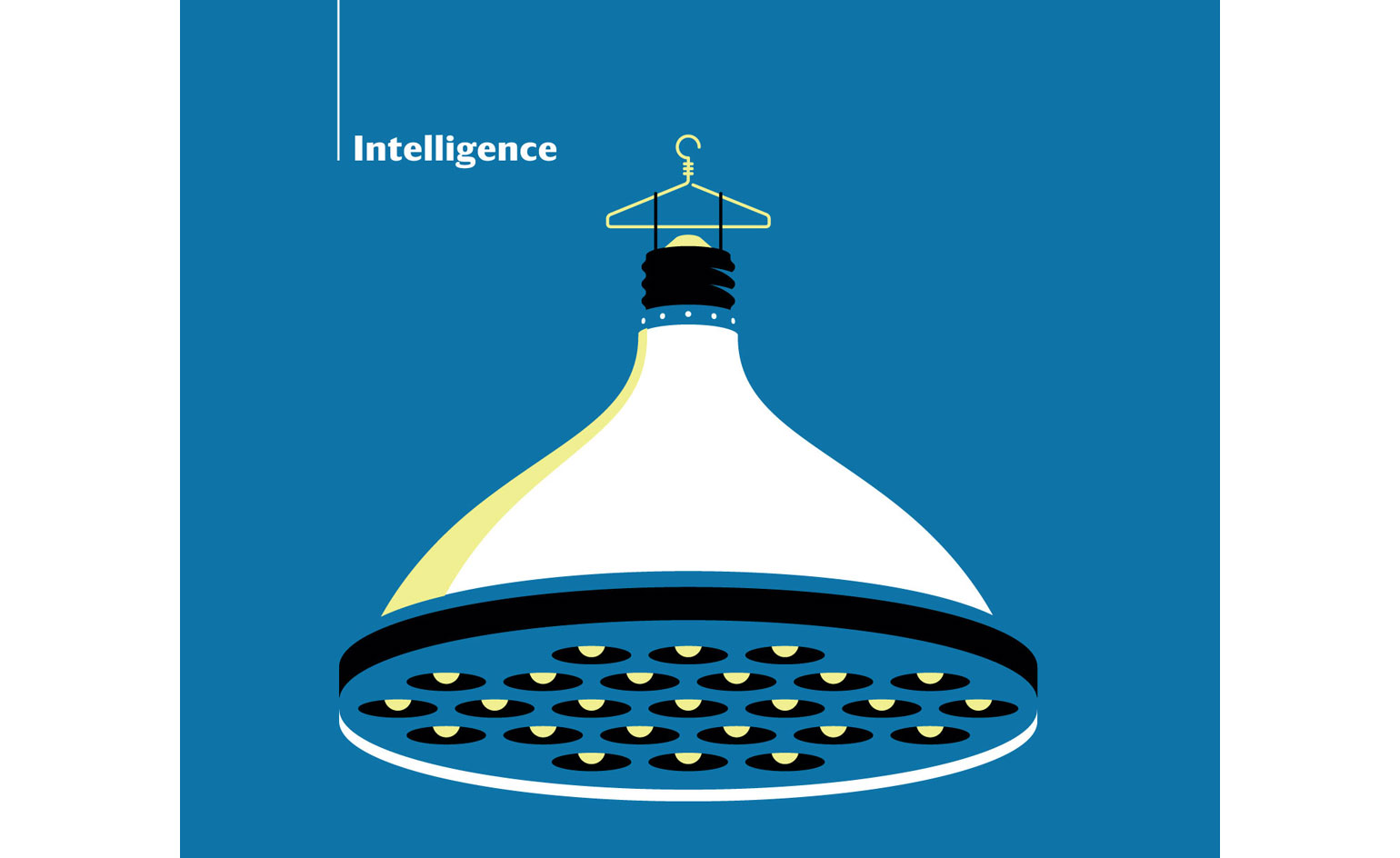
The luxury industry's efforts at sustainability range from the use of LED lighting in stores, such as at Saint Laurent, to the choice of renewable materials, processed with care
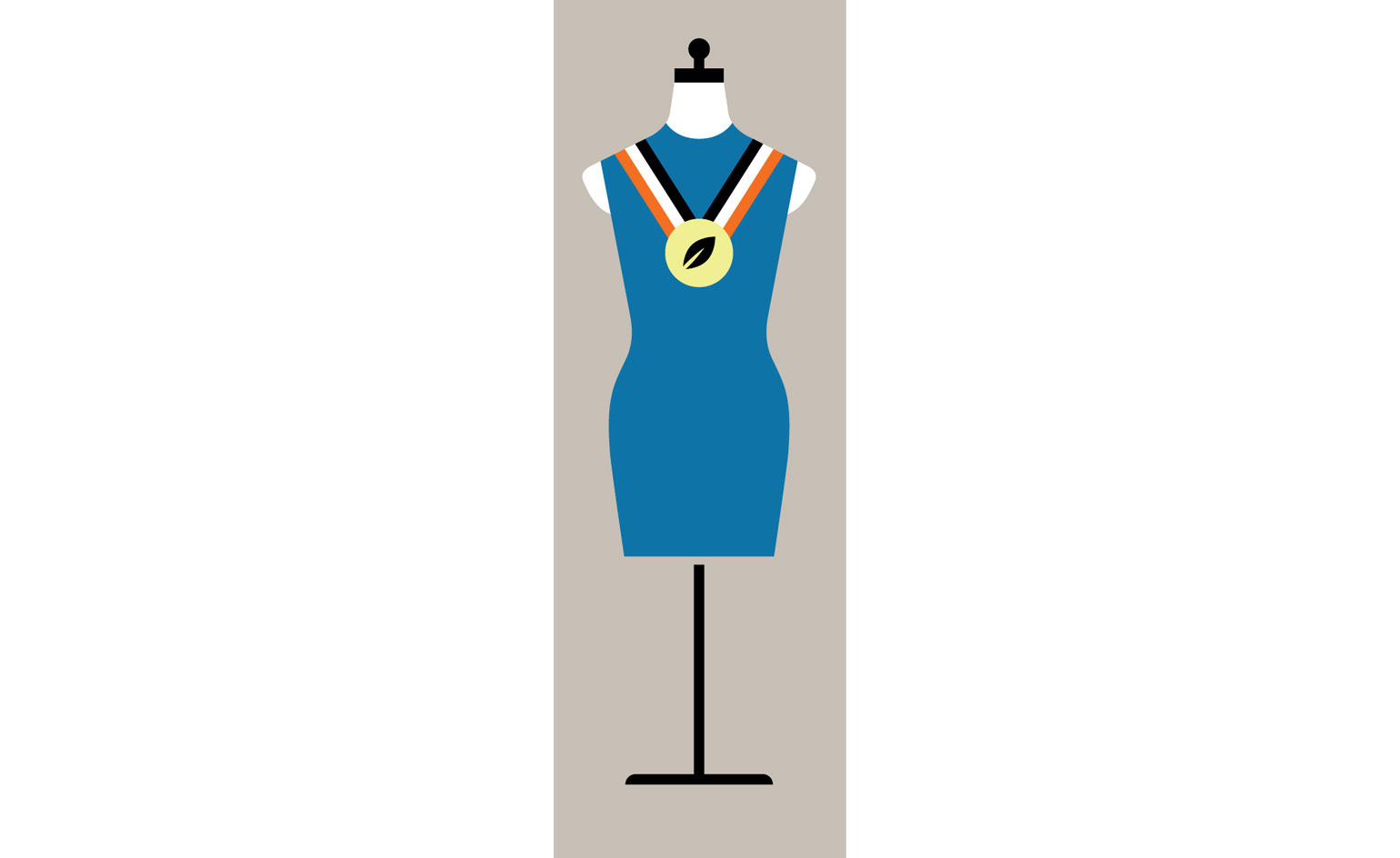
Whether it’s a matter of sourcing sustainable wool or using fair labour practices…
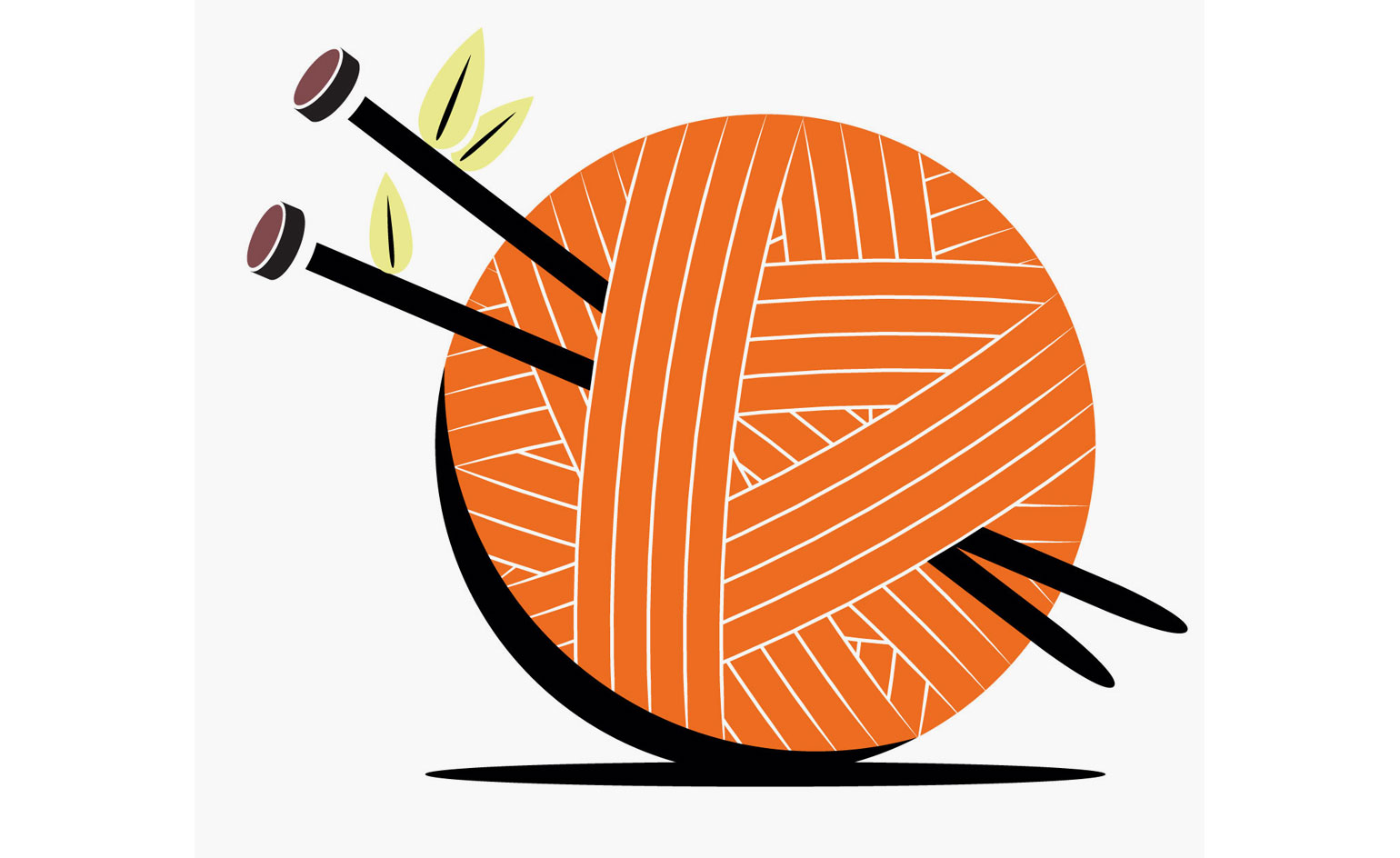
… the prize for luxury goods companies, beyond peace of mind, is securing customers
Wallpaper* Newsletter
Receive our daily digest of inspiration, escapism and design stories from around the world direct to your inbox.
-
 Naoto Fukasawa sparks children’s imaginations with play sculptures
Naoto Fukasawa sparks children’s imaginations with play sculpturesThe Japanese designer creates an intuitive series of bold play sculptures, designed to spark children’s desire to play without thinking
By Danielle Demetriou
-
 Japan in Milan! See the highlights of Japanese design at Milan Design Week 2025
Japan in Milan! See the highlights of Japanese design at Milan Design Week 2025At Milan Design Week 2025 Japanese craftsmanship was a front runner with an array of projects in the spotlight. Here are some of our highlights
By Danielle Demetriou
-
 Tour the best contemporary tea houses around the world
Tour the best contemporary tea houses around the worldCelebrate the world’s most unique tea houses, from Melbourne to Stockholm, with a new book by Wallpaper’s Léa Teuscher
By Léa Teuscher
-
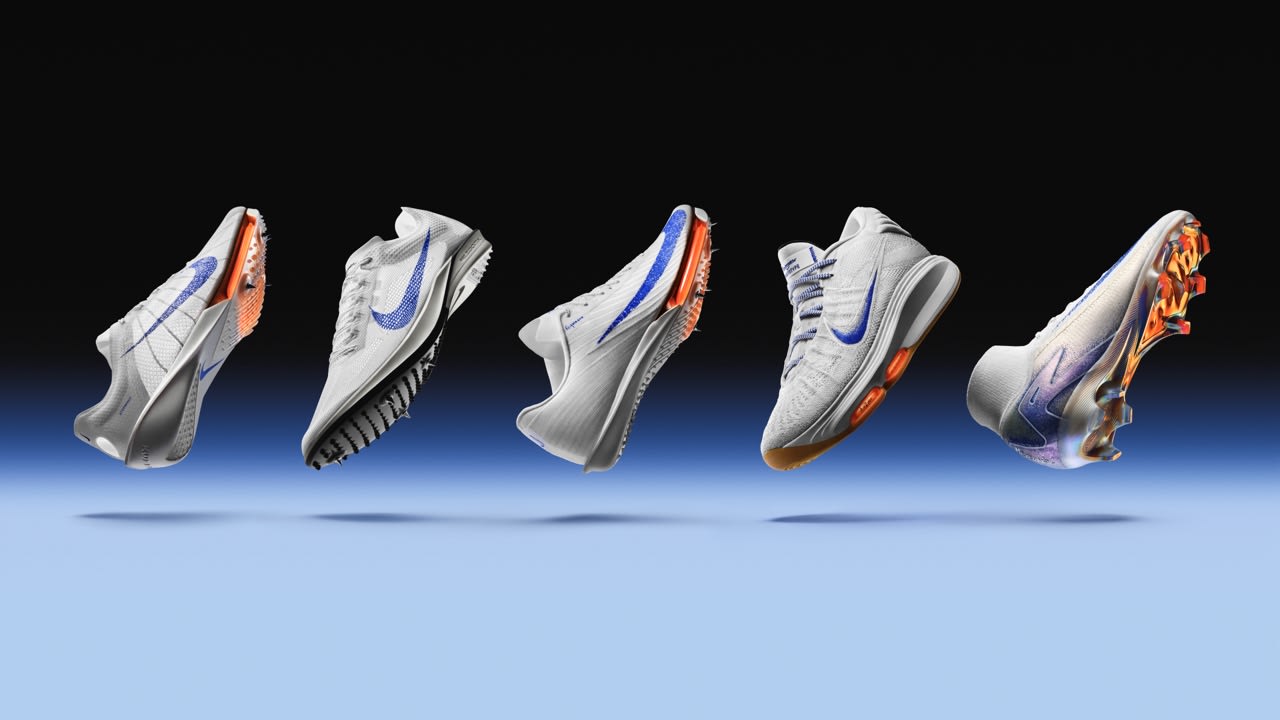 ‘Help me go faster’: How Nike Air is priming its athletes for Olympic success
‘Help me go faster’: How Nike Air is priming its athletes for Olympic successAhead of the Paris 2024 Olympics, Nike’s chief design officer Martin Lotti opens up to Wallpaper* about its latest high-performance sneakers, developed alongside world-leading athletes and honed using AI technology
By Ann Binlot
-
 The England women’s football kit was inspired by Wembley’s art deco architecture
The England women’s football kit was inspired by Wembley’s art deco architectureWe explore the architectural origins and innovative engineering behind the England women’s football kit, designed by Nike, as the team prepares to take on Spain in the World Cup final
By Jack Moss
-
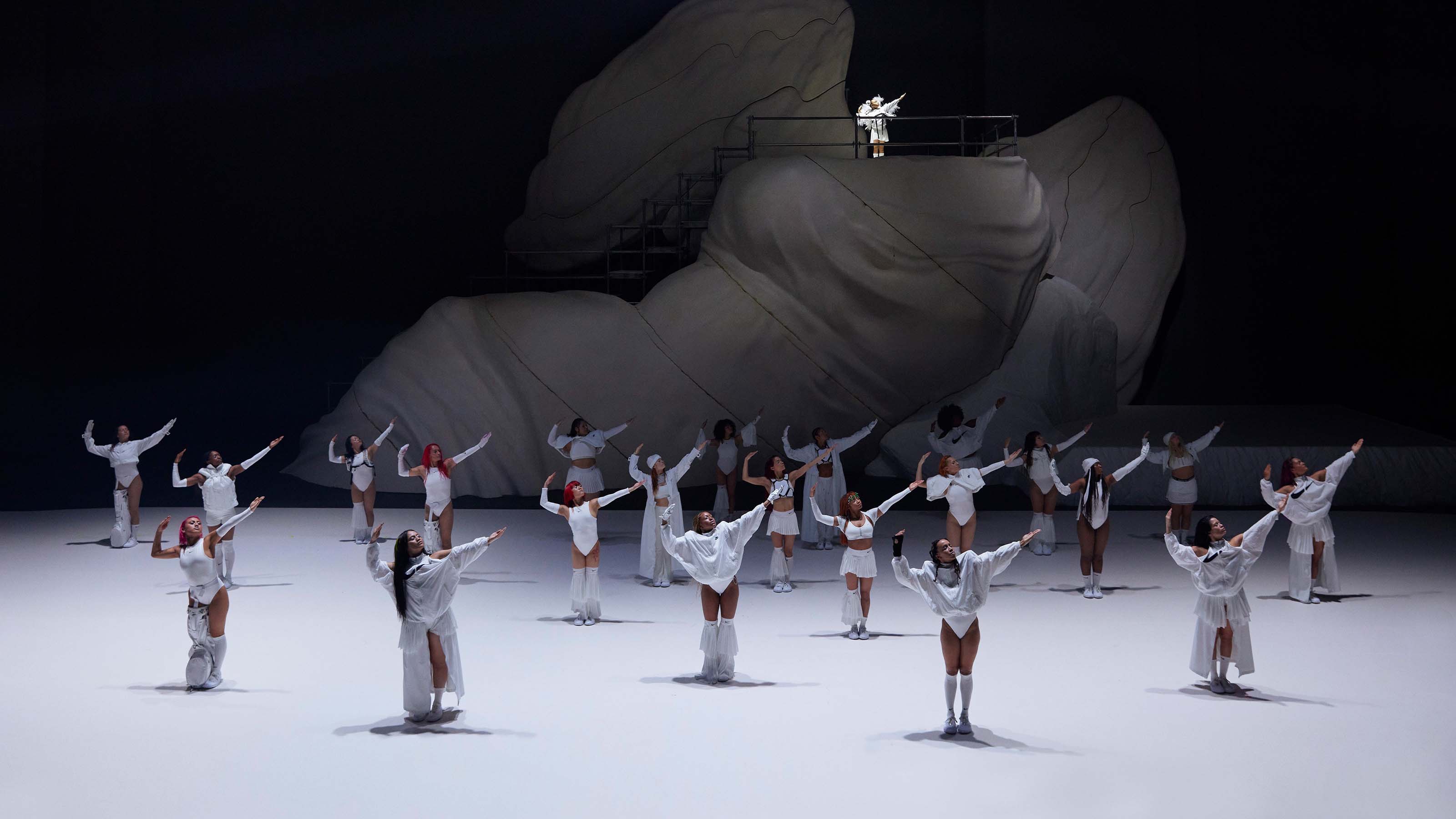 Nike celebrates womanhood with ‘Goddess Awakened’, an immersive dance performance in Paris
Nike celebrates womanhood with ‘Goddess Awakened’, an immersive dance performance in ParisNike Women united with polymathic choreographer Parris Goebel on a performance that paid homage to ’the collective power of womanhood through movement, style and self-expression’
By Jack Moss
-
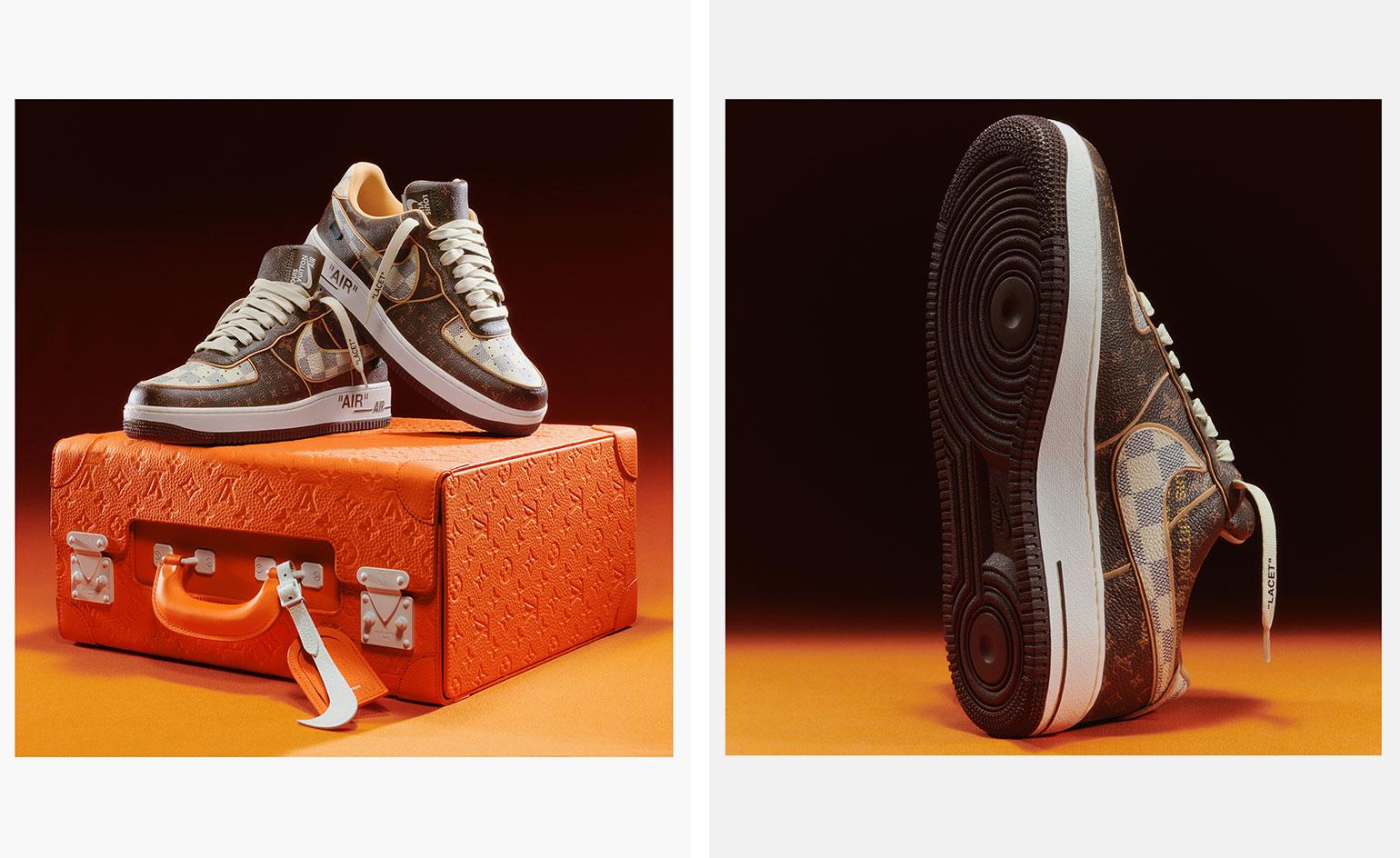 Sotheby’s Louis Vuitton and Nike ‘Air Force 1’ by Virgil Abloh auction raises $25.3 million
Sotheby’s Louis Vuitton and Nike ‘Air Force 1’ by Virgil Abloh auction raises $25.3 millionTwo hundred pairs of the limited-edition trainers fetched a total of $25.3 million, with proceeds going to the The Virgil Abloh™ “Post-Modern” Scholarship Fund, the most valuable charitable sale at Sotheby’s in nearly a decade
By Laura Hawkins
-
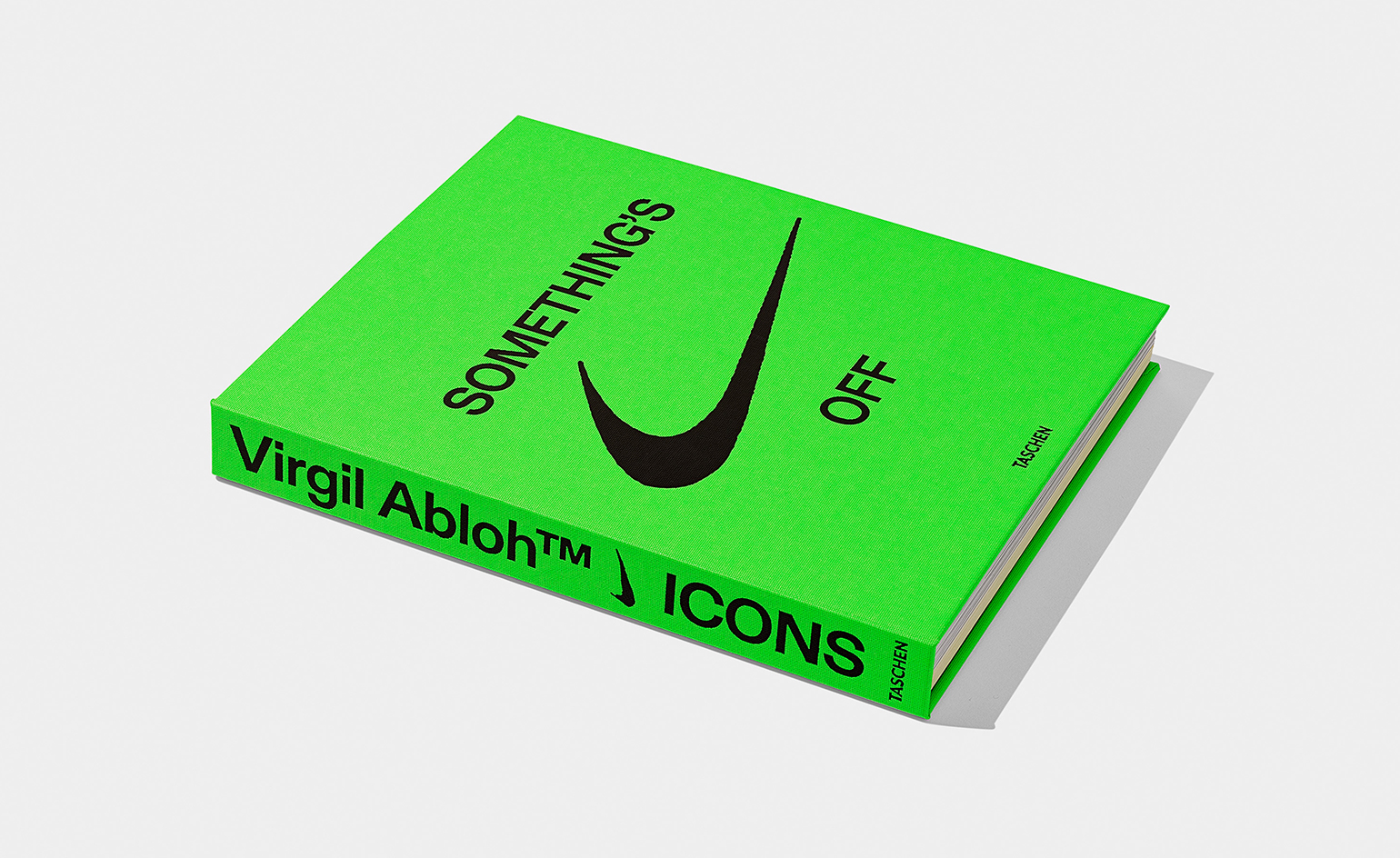 ‘Icons’ by Virgil Abloh and Nike celebrates the design history of ‘The Ten’
‘Icons’ by Virgil Abloh and Nike celebrates the design history of ‘The Ten’As rumours swirl around the release of ‘The 20', Virgil Abloh and Nike release the Taschen-published tome ‘Icons', which charts the making of the creative polymath and American sportswear giant's sneaker collaboration ‘The 10'
By Laura Hawkins
-
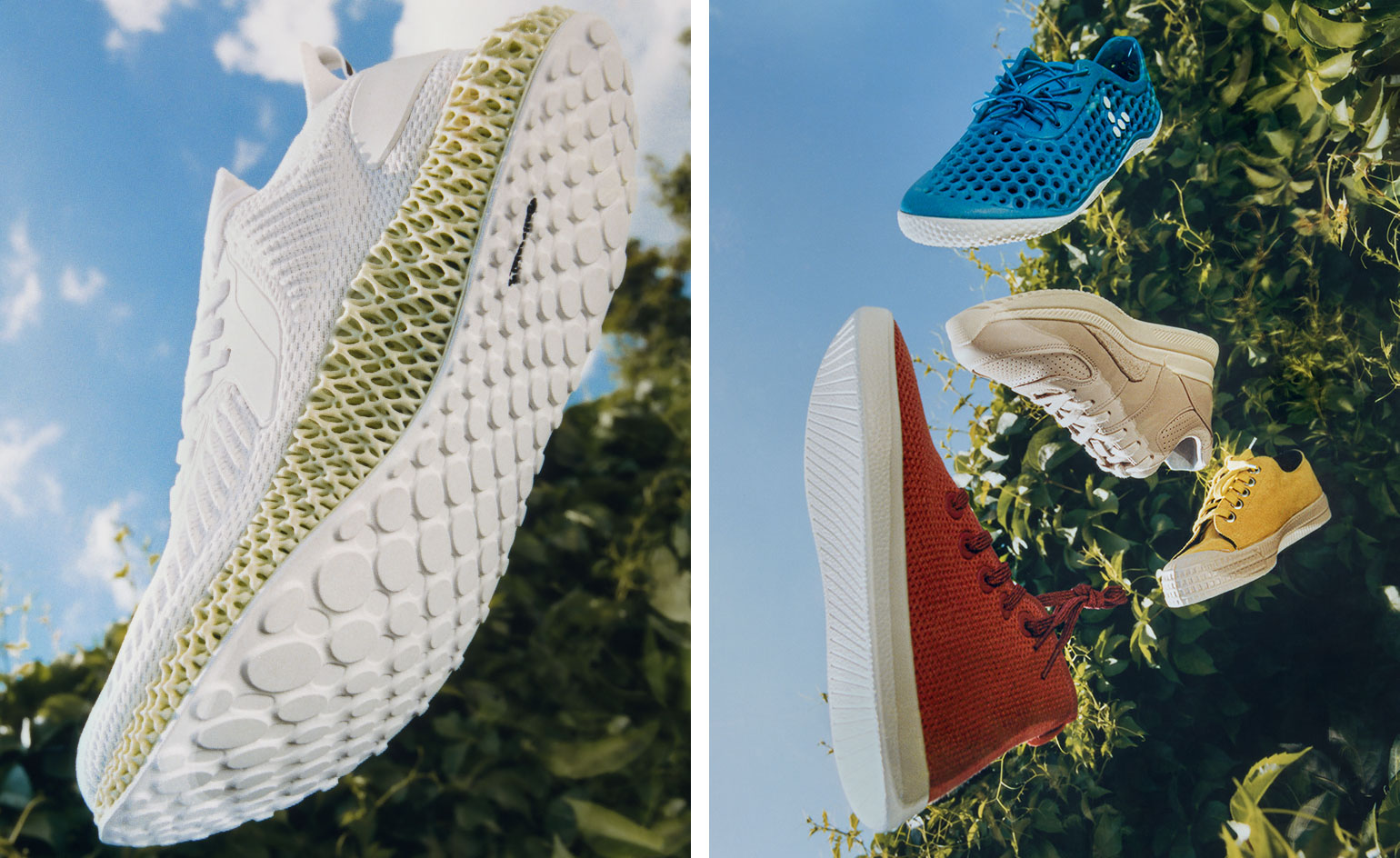 Tread lightly: eco trainers to minimise your carbon footprint
Tread lightly: eco trainers to minimise your carbon footprintBy Nick Compton
-
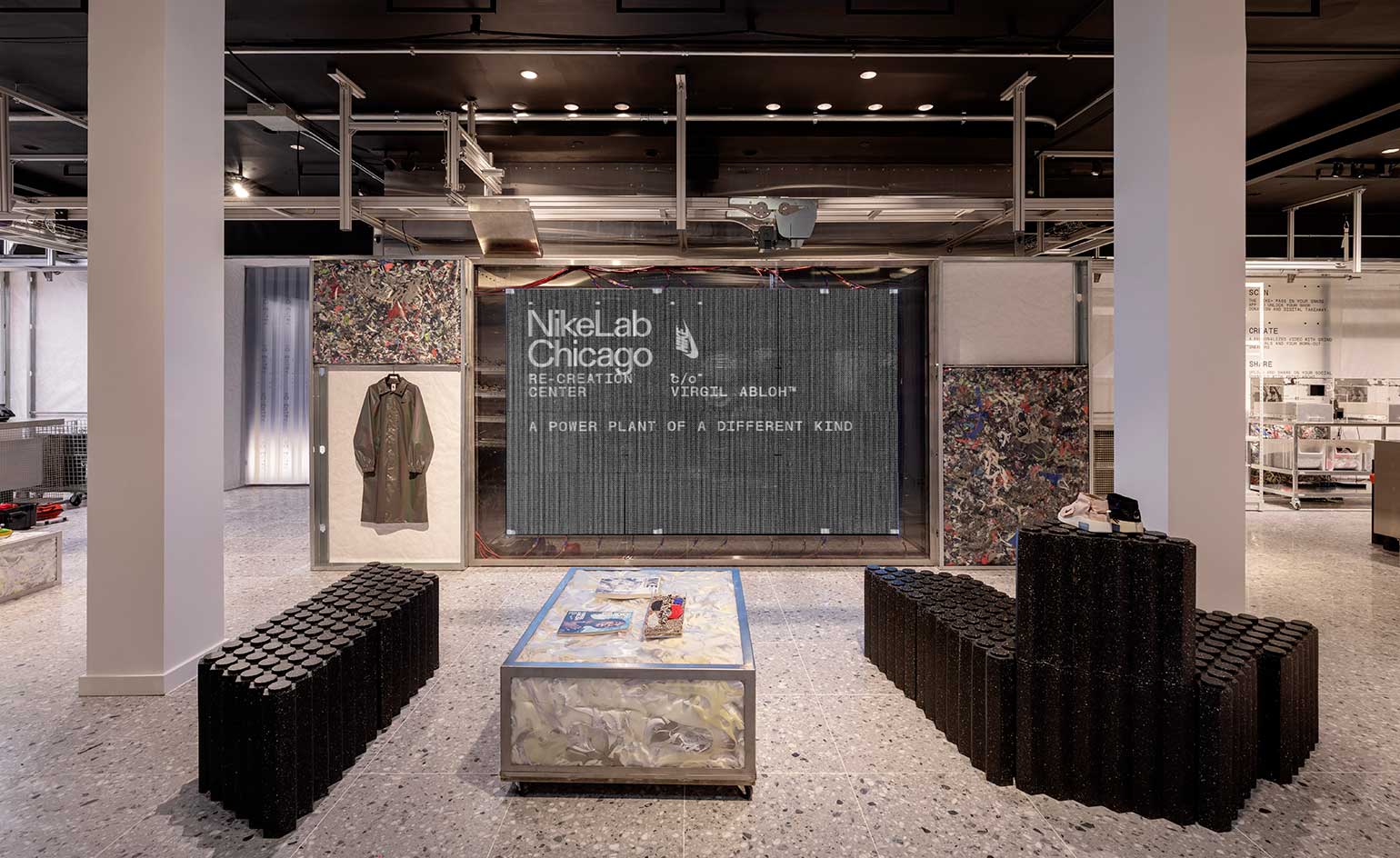 Nike and Virgil Abloh unveil creative summer residency in Chicago
Nike and Virgil Abloh unveil creative summer residency in ChicagoBy Pei-Ru Keh
-
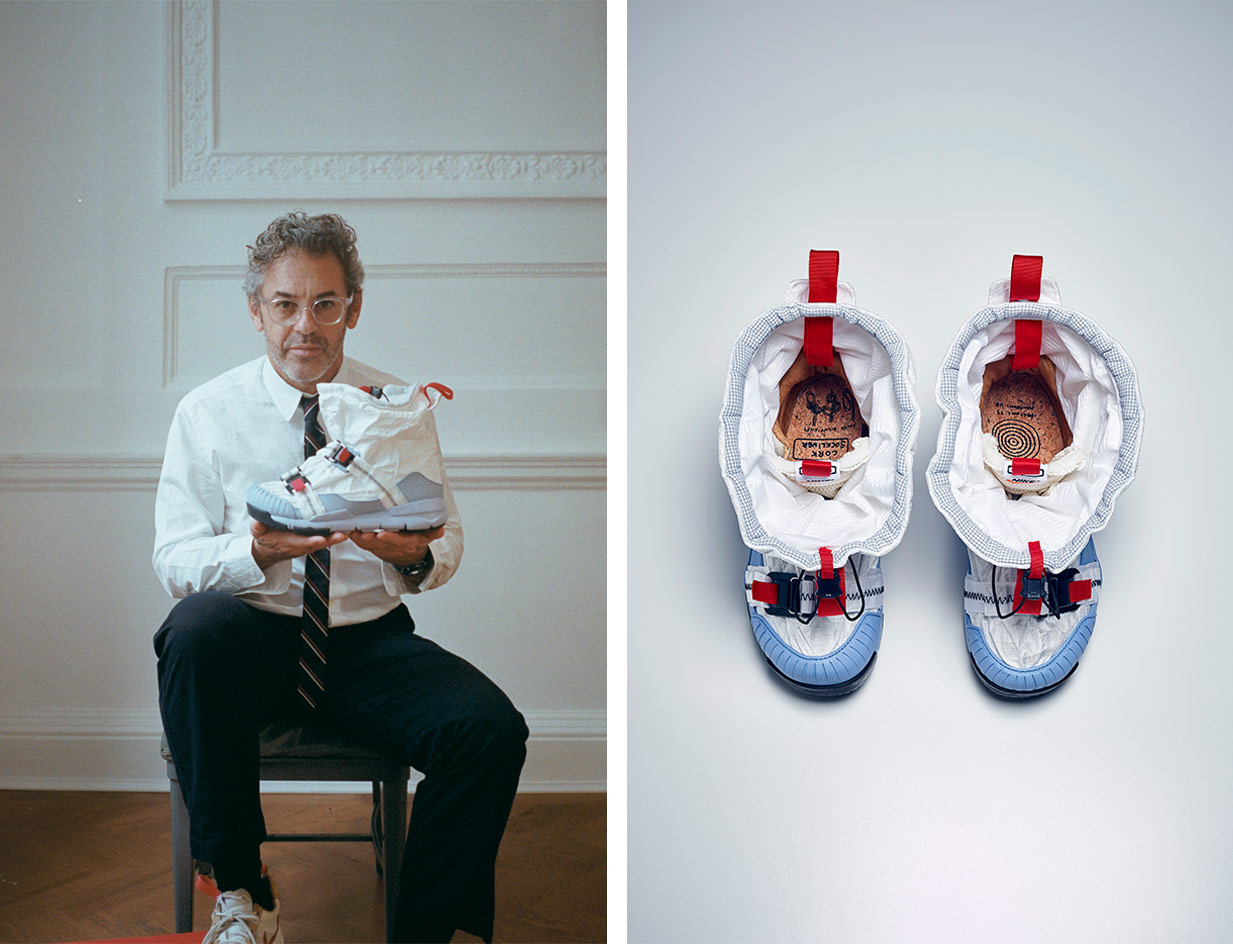 Unpacking Tom Sachs and Nike’s latest space age sneaker
Unpacking Tom Sachs and Nike’s latest space age sneakerBy Dal Chodha